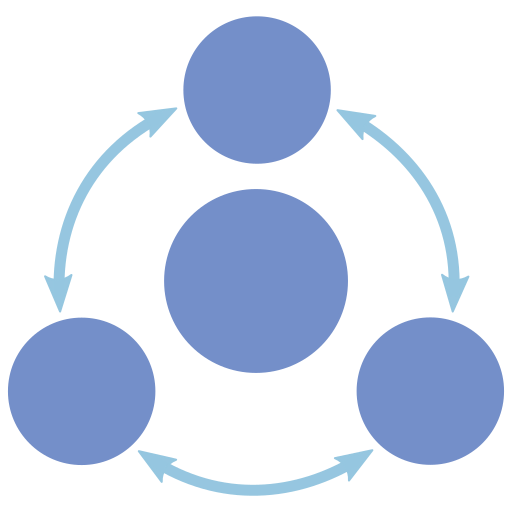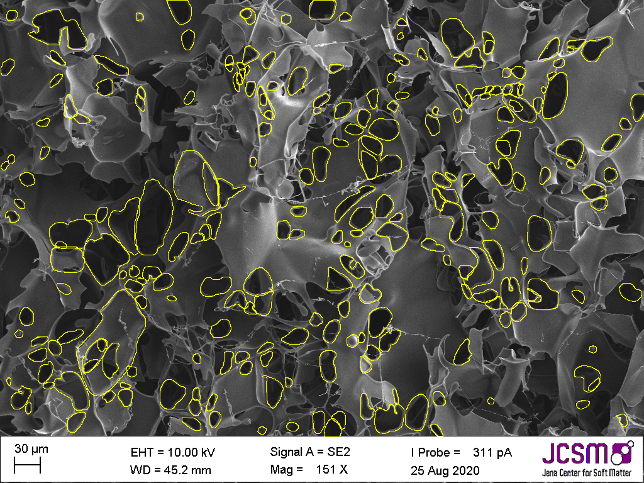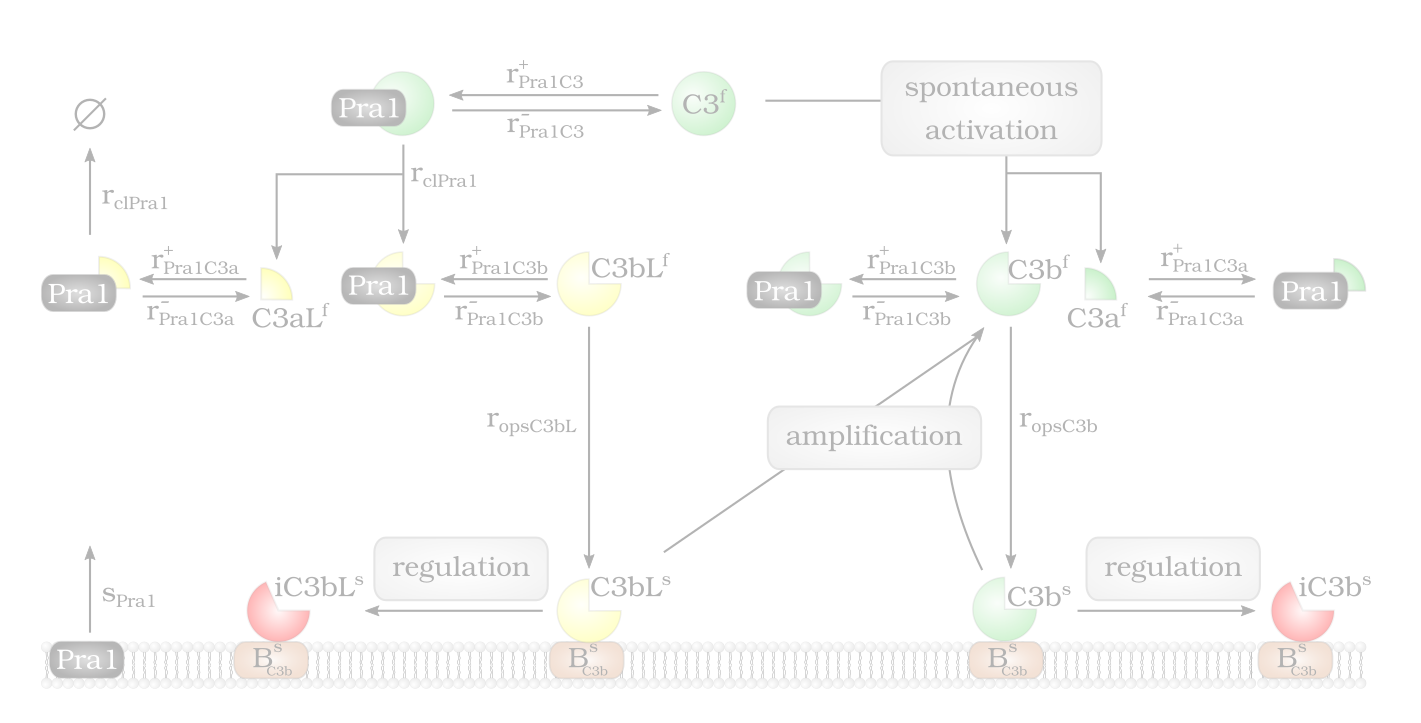Understanding the complex interplay between host and pathogen during infection is critical for developing diagnostics and improving therapeutic interventions. Among the diverse arsenal employed by the host, antimicrobial peptides (AMP) play a key role in the defense against pathogens. We propose an immune evasion mechanism termed “Complex-mediated evasion” (CME), that allows pathogens to protect themselves against AMP and investigate it through mathematical modeling and computer simulations. To achieve CME, we hypothesize that the pathogen secretes defense molecules that bind AMP. When bound within the complex, AMP are unable to harm the pathogen. Due to molecular gradients, complexes may diffuse away from the pathogen, enhancing the protective effect of the mechanism by decreasing the concentration of AMP in the vicinity of the pathogen. We establish a mathematical model to (i) explore the sensitivity of the mechanism to various parameters and (ii) simulate the immune evasion of the human-pathogenic fungus Candida albicans.
Characterizing the pore structure of cryo-polymers
A comprehensive image analysis process utilizing both classical thresholding and deep learning with Cellpose was developed to identify and measure…
Complement immune evasion of Candida albicans
The pH-regulated antigen 1 (Pra1) is a hierarchical complement inhibitor that is secreted by the fugal pathogen Candida albicans and…







